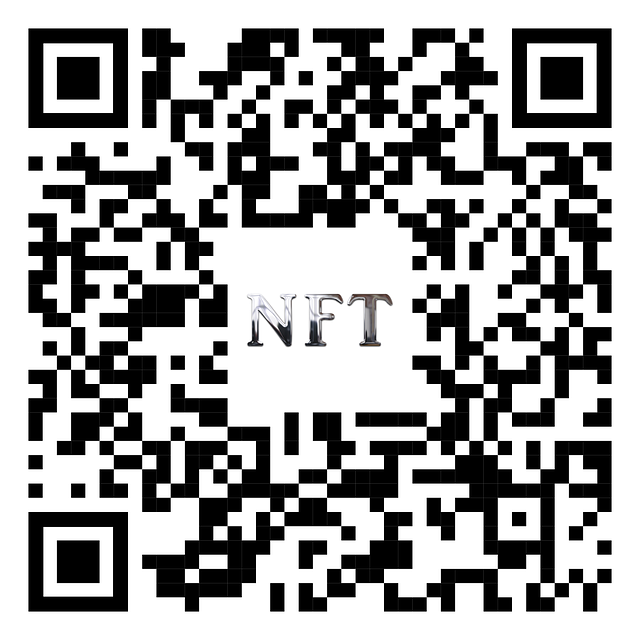Iodine-based contrast agents are essential in CT angiography (CTA), enhancing vascular and organ imaging through their high atomic number and X-ray absorption capabilities. They significantly improve diagnostic accuracy by highlighting blood vessels and tissues, aiding radiologists in conditions like atherosclerosis, aortic aneurysms, and pulmonary embolisms. CTA using these agents offers enhanced contrast, better resolution, and faster acquisition times, while specialized agents are developed to target specific pathologies. However, their safe use requires careful consideration due to potential allergic reactions and radiation risks. Future prospects include less toxic, more biocompatible alternatives like nanoparticle formulations, revolutionizing CTA for safer, more accessible vascular and organ imaging.
Iodine-based contrast agents play a pivotal role in enhancing vascular and organ imaging through techniques like CT angiography (CTA). This article delves into the unique properties and advantages of these agents, highlighting their indispensable nature in CTA procedures. From understanding the basic mechanics to exploring diverse agent types and their specialized applications, we provide an insightful look. Furthermore, we address safety considerations, potential side effects, and future prospects, equipping readers with comprehensive knowledge about iodine-based CTA contrast agents.
Understanding Iodine-Based Contrast Agents: Properties and Benefits for Vascular Imaging
Iodine-based contrast agents play a pivotal role in enhancing vascular and organ imaging, particularly in CT angiography (CTA). These agents are key to improving diagnostic accuracy by highlighting blood vessels and tissues, allowing radiologists to better visualize and interpret critical structures within the body. The unique properties of iodine—its high atomic number and X-ray absorbing capabilities—make it an ideal choice for contrast media.
Iodine-based contrast agents offer several benefits for vascular imaging. They significantly enhance the contrast between vessels and surrounding tissues, facilitating the detection of even minute abnormalities. This is crucial in diagnosing conditions like atherosclerosis, aortic aneurysms, and pulmonary embolisms. Moreover, these agents enable better resolution and faster acquisition times during CTA, leading to improved overall imaging quality and efficiency.
CT Angiography (CTA): When and Why Iodine Contrast is Essential
Computed Tomography Angiography (CTA) is a powerful imaging technique that relies on iodine-based contrast agents to visualize blood vessels and organs in 3D. This procedure is particularly crucial when assessing vascular health, detecting blockages, or planning surgical interventions. Iodine, with its high X-ray opacity, allows radiologists to capture detailed images of the body’s intricate network of arteries and veins.
The essence of CTA lies in its ability to provide real-time, high-resolution data on blood flow dynamics. When a patient receives an iodinated contrast agent, it flows through the cardiovascular system, allowing the CT scanner to differentiate between various tissues and structures based on their X-ray attenuation properties. This is especially vital during emergency situations where rapid diagnosis of vascular conditions, such as dissections or embolisms, can be life-saving.
Types of Iodine Contrast Agents Used in CTA and Their Unique Applications
In the realm of CT angiography (CTA), various iodine-based contrast agents have emerged, each with distinct properties and applications. Iodine, given its high atomic number, is a powerful tool for enhancing vascular and organ imagery due to its X-ray absorbing capabilities. The types used in CTA include ionic and non-ionic contrast media, catering to diverse needs. Ionic agents, such as iodinated salts, offer excellent opacification but can cause allergic reactions. Non-ionic alternatives, like iopamide and iohexol, are more compatible with the body, minimizing allergy risks while providing comparable or even superior imaging benefits.
Unique applications of these contrast agents span various organ systems. For instance, ionic agents excel in liver and renal studies due to their high concentration capability. Non-ionic media, on the other hand, find utility in cardiovascular examinations, particularly for CTA procedures, thanks to their rapid clearance rates and minimal toxicity. Moreover, specialized agents with targeted properties are being developed to improve diagnostic accuracy in specific pathologies, marking a significant advancement in the field of medical imaging.
Safety, Side Effects, and Future Prospects of Iodine-Based CTA Contrast Agents
Iodine-based contrast agents play a pivotal role in CT angiography, enhancing vascular and organ imaging. However, their safety and potential side effects must be carefully considered. While generally regarded as safe when used appropriately, these agents can cause adverse reactions, most commonly allergic or hypersensitivity reactions, ranging from skin rashes to more severe anaphylaxis. Additionally, excessive exposure to ionizing radiation during CT scans carries its own set of risks, emphasizing the need for optimized dosing and careful patient selection.
Looking ahead, the future prospects for iodine-based CTA contrast agents are promising. Ongoing research focuses on developing less toxic alternatives, improving their biocompatibility, and enhancing their radiographic properties. Nanoparticle formulations and novel chemical structures hold potential to mitigate side effects while maintaining or even improving imaging quality. These advancements could make CT angiography more accessible and safer for a broader range of patients, revolutionizing vascular and organ imaging in the medical field.
Iodine-based contrast agents play a pivotal role in enhancing the accuracy and efficiency of CT angiography (CTA), enabling detailed vascular and organ imaging. Their unique properties, including high X-ray opacity and specific molecular interactions, make them indispensable for diagnosing and managing various medical conditions. While considering their safety and potential side effects, future research and advancements promise to further refine these agents, expanding their applications in CTA and improving patient outcomes.
